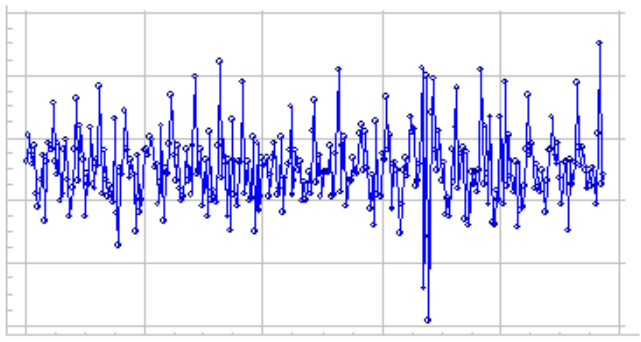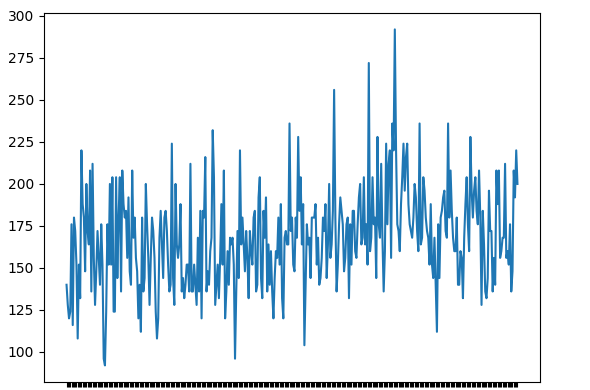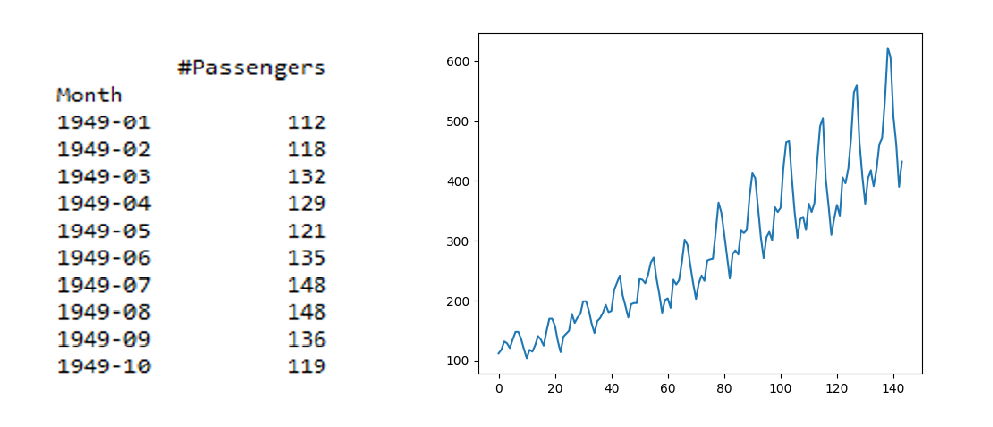如何在Python中计算滚动相关度
相关性通常决定了两个变量之间的关系。滚动相关测量两个时间序列数据在滚动窗口上的相关性 滚动相关可以应用于特定的窗口宽度,以确定短期相关性。
在Python中计算滚动相关度
让我们使用两个产品A和B在过去60个月中的销售数据来计算滚动相关关系。Pandas包提供了一个名为rolling.corr()的函数来计算滚动相关性。
语法:
data1.rolling(width).corr(data2)
其中,
- data1, data2 – 感兴趣的数据/列(类型系列)
- width – 滚动窗口的宽度(int)
注意:滚动窗口的宽度应该是3或更大,以便计算相关关系
使用的数据:
# import pandas module
import pandas as pd
# read the data
data = pd.read_csv('product_sales.csv')
# display top 10 rows
print(data.head(10))
# display column names
print(data.columns)
输出:

示例 2:
在这里,我们使用了6的窗口宽度,它显示了连续6个月的滚动相关关系。我们可以看到两个产品的销售之间有显著的相关性,任何相关性的突然下降或上升都预示着一个不寻常的事件,导致了这个下降。
data['Product A'].rolling(6).corr(data['Product B'])
# formatting the output
k = 1
for i, j in enumerate(data['Product A'].rolling(6).corr(data['Product B'])):
if (i >= 5 and i < 12):
print(f'The correlation in sales during months\
{k} through {i+1} is {j}')
i = 0
k += 1
输出:

现在让我们对3个月的相关性进行同样的尝试,如下所示。
示例 3:
data['Product A'].rolling(3).corr(data['Product B'])
# formatting the output
k = 1
for i, j in enumerate(data['Product A'].rolling(3).corr(data['Product B'])):
if (i >= 3 and i < 12):
print(
f'The correlation in sales during months {k} \
through {i+1} is {j}')
i = 0
k += 1
输出 :

 极客教程
极客教程